Doorway finishing options
To give the doorway without a box completeness, a wide variety of facing materials are used.
Wallpaper
Decorating the portal with liquid or paper, vinyl, non-woven or other types of wallpaper allows you to be especially creative in the design and transform the everyday interior, making it truly elegant and fashionable.
Laminate
Laminate panels, characterized by a variety of textures, colors and an easy installation method, provide an excellent opportunity to form a rather interesting design in any style, for example, minimalism, modernism and others.
In the photo there is a rectangular doorway without a door, faced with laminate in the interior in a modern style.
Plaster
This finish has a unique visual depth and can imitate, for example, marble tiles, various rocks or other textures. In addition, due to its structural nature, Venetian plaster allows you to create a variety of patterns and effects on the surface.
Wood trim
Wood finish, perfect for any style solution and for cladding an entrance with a threshold. It can differ, both in a simple look, and be decorated with curly carving.
Another important advantage of this material is its environmental friendliness.
A rock
It is a very popular finishing option for an opening without doors. Artificial or natural stone, such as limestone, marble, malachite and many others, will bring a touch of the Middle Ages to the atmosphere and form a unique design, most often used for country or Provence rustic style.
In the photo there is masonry in the design of a doorway without doors in the interior of the hall.
Decorative brick
Charismatic and aesthetic brickwork, both outside and inside the entrance, combined with other less textured surfaces, creates a rather original contrast, focuses attention and sets the necessary accents.
Tile
With the help of clinker tiles, which can be not only straight, but also angular, it is easy to beat and decorate doorways, both traditional rectangular in shape, and passages in the form of an arch or semi-arch.
In the photo there is a kitchen-living room with a doorway without a door, decorated with dark tiles.
MDF panels
They are quite beautiful, high-quality and at the same time not expensive finish for a portal without doors. MDF panels are easy to machine, easy to install, maintain and operate.
PVC panels
Due to their flexibility, they are ideal for doorways of various shapes, heights and widths. The plastic coating can have a textured wood pattern or differ in a wide variety of other colors.
Textile
It is considered a fairly simple design option that will allow you to create a secluded, cozy, homely chamber environment and close the space from views, while not cluttering the interior.
In the photo there is a kitchen with an exit to the balcony, decorated with textiles in the form of a blackout curtain.
How to arrange an opening without a door?
A correctly decorated door portal without a door will not look alien and not thought out.
Curtains
The opening, decorated with a beautifully draped curtain, will become a real interior decoration with a corresponding design.
Finishing with platbands and extrusions
Docks made of plastic, wood or MDF in combination with flat, voluminous, rounded or other forms of platbands allow you to simply and tastefully refine the doorway.
In the photo there is a doorway without a door decorated with wooden platbands and additions in the interior of the Provence-style kitchen-dining room.
Baguette
A decorative baguette strip gives the passage a new sound, due to which it even more organically fits into the surrounding space.
Decorative corners
This edging has a high practical and aesthetic value. It not only adds a more harmonious look to the opening, but also protects against damage and hides some surface imperfections.
In the photo there is a loft-style bedroom and a trapezoidal doorway framed in the form of decorative corners.
Mosaic
Due to its charming appearance, mosaic visibly transforms any setting. Such artistic decor is distinguished by uniqueness, practicality and unsurpassed style, which provides an opportunity to form an original design.
Stucco
Molded polyurethane or plaster decor on the door slopes, with a combination of graceful lines and light forms with deep relief, endows the portal with airy luxury and adds a certain aristocracy to the interior.
Moldings
It is a fairly popular type of final finish, characterized by simplicity, affordability and, at the same time, originality, contributing to the formation of an authentic atmosphere.
In the photo there is a door portal without doors, decorated with white moldings in the kitchen.
Dimensions and shapes of doorways
The form of a portal without a door also plays an important role in creating an interior.
Wide
A large doorway allows you to visually expand and increase the space of the room, adding airiness and light to it.
High opening to the ceiling
It is a very noticeable and effective detail that guides the interior layout. In addition, a high opening is able to visually raise the ceiling.
Arched
It provides an opportunity to somewhat soften the angularity of the surrounding space and is a particularly popular form when decorating a passage without a door.
Narrow
A non-standard narrow opening will give the room additional height and make the interior much more proportional.
In the photo, the interior of a bathroom with a narrow door portal without doors.
Angular
The portal without doors, located in the corner, is a rather creative solution that gives the environment a peculiar creative look.
Half-arch
It is a curved structure with a right and rounded corner. The semi-arch is equally well pertinent, both when equipping a wide and a narrower portal, it does not visually clutter up the space and does not make it look heavy.
In the photo there are semi-arches framed by platbands and decorative corners in a wenge shade.
Figured
Fancy, asymmetrical designs can have a variety of complex shapes or even be supplemented with all sorts of auxiliary details, such as shelves, niches, columns or lighting. Curly open passages undoubtedly become a striking interior element that attracts attention and sets the tone for the whole environment.
The most demanded material for creating these openings is drywall.
Photo of decorating the opening in the interior of the rooms
Decorating options for interior aisles.
Opening to the kitchen
More practical and easy-to-clean materials are used for finishing the aisle. In addition, a portal without a door allows you to connect the kitchen with a corridor, living room or dining room and thereby significantly expand the space, combine them and make one comfortable and multifunctional area.
In the photo there is a doorway decorated with moldings in the interior of the kitchen-dining room.
Balcony
Such a design of the balcony block will make the room much brighter and expand the usable area. In order for the loggia and the adjacent room to be perceived as a single composition, it would be better to decorate them with decor and furniture in the same style.
To the living room and hall
In a small apartment, such as a Khrushchev, it is often enough to refuse door panels between the living room and the hallway. Thus, it is possible to create a conditional zoning and simultaneously expand these two rooms.
In the hallway and hallway
Here, the open passage is often decorated with artificial stone, wood or textured plaster. Also, the slopes of the structure are complemented with patch panels to match the entrance doors.
To the dressing room
If the dressing room is combined with a rather small and cramped room, the absence of a door will be an appropriate solution to add freedom to the space.
Photo gallery
A doorway without a door, with proper decoration on both sides, can look very attractive and become an integral element of a design idea and a design highlight for two rooms at once.

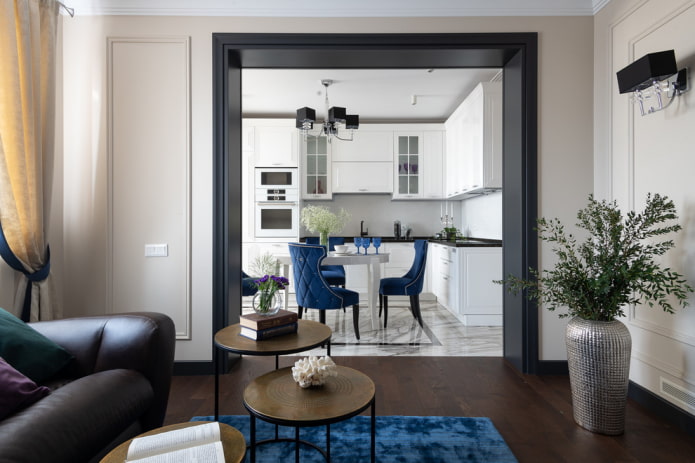
 10 practical tips for arranging a small kitchen in the country
10 practical tips for arranging a small kitchen in the country
 12 simple ideas for a small garden that will make it visually spacious
12 simple ideas for a small garden that will make it visually spacious
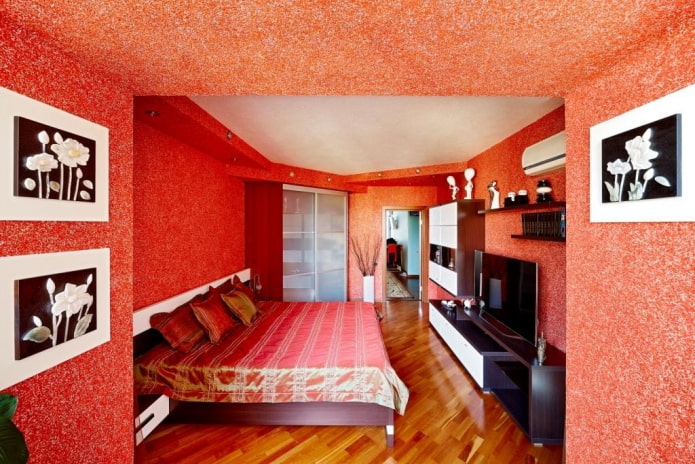

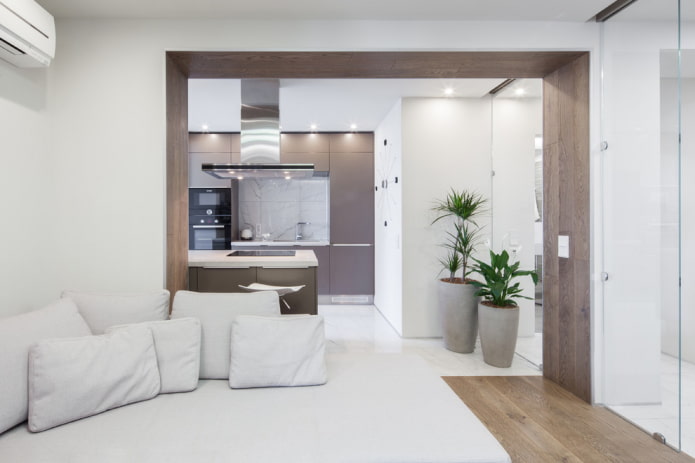
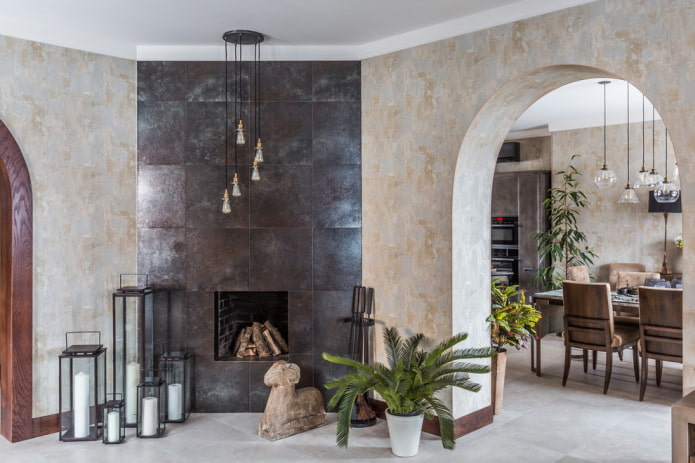
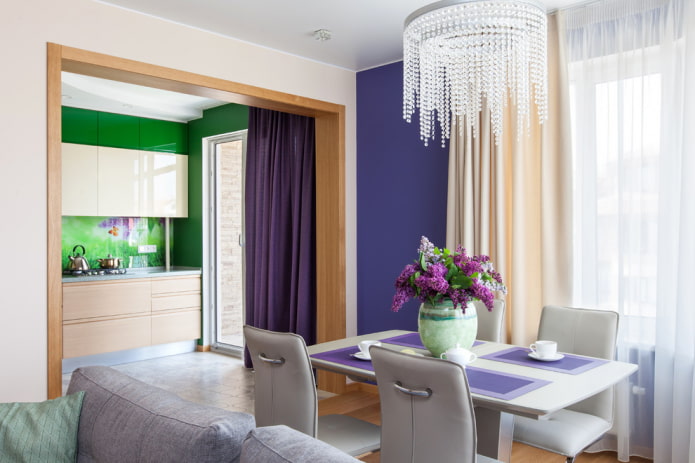
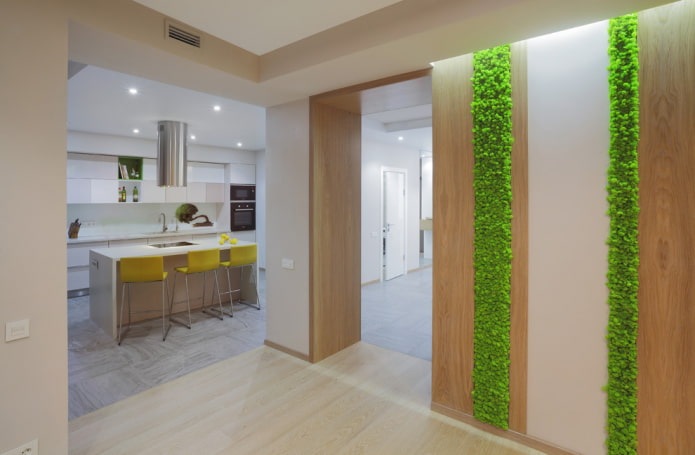
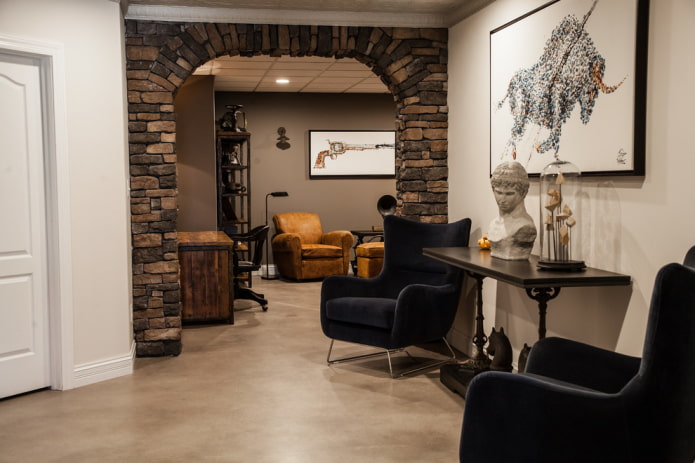

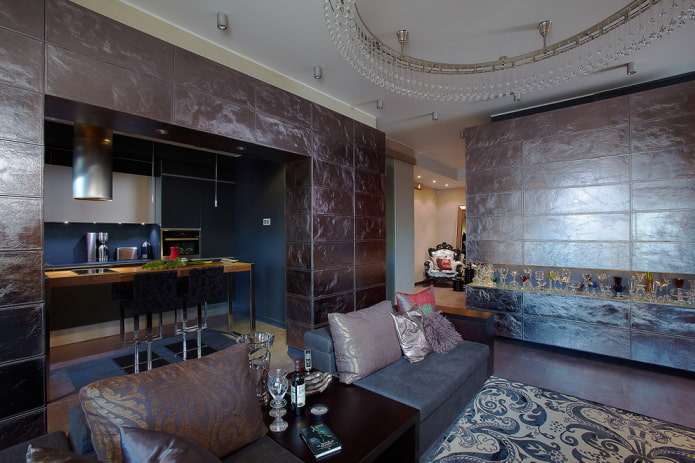
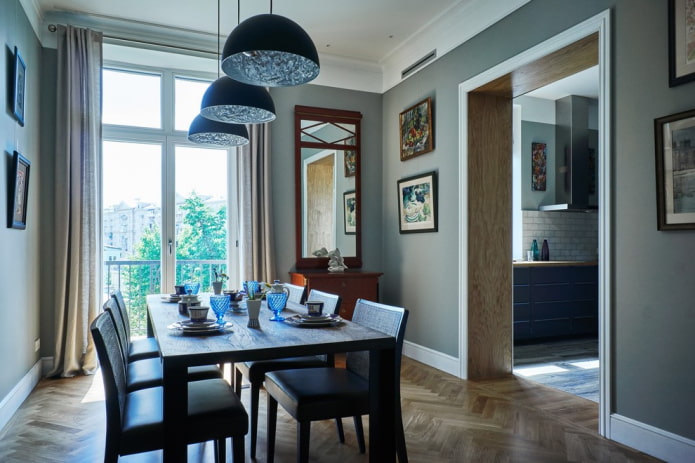



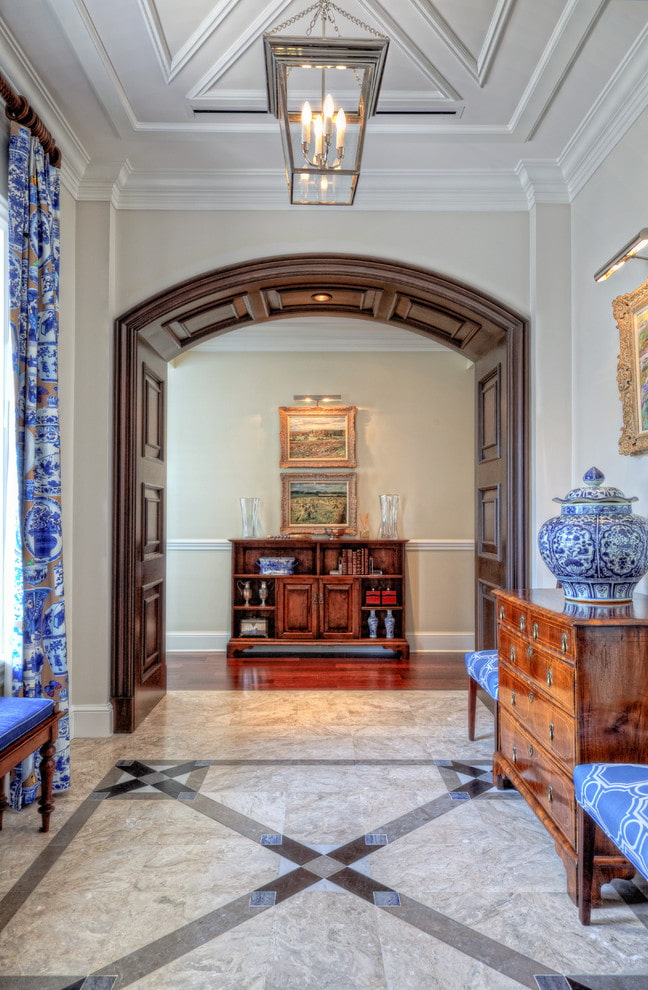
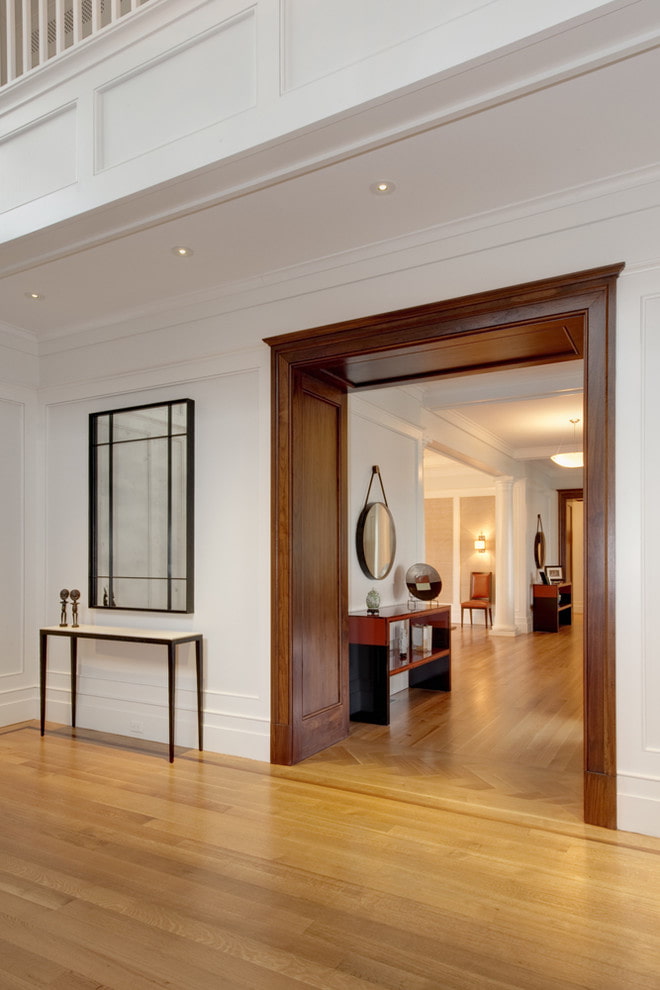
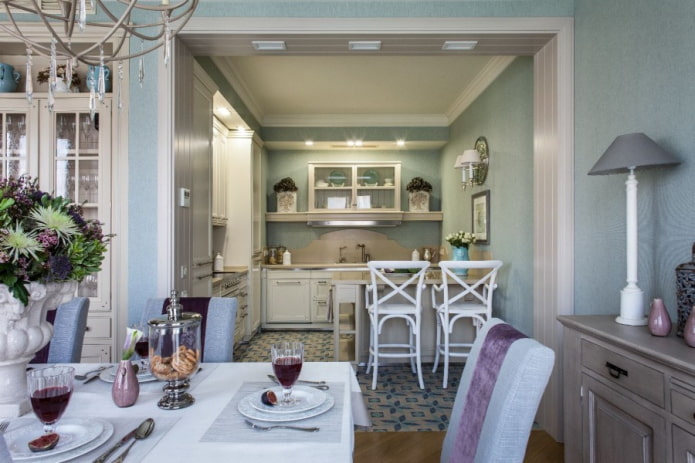
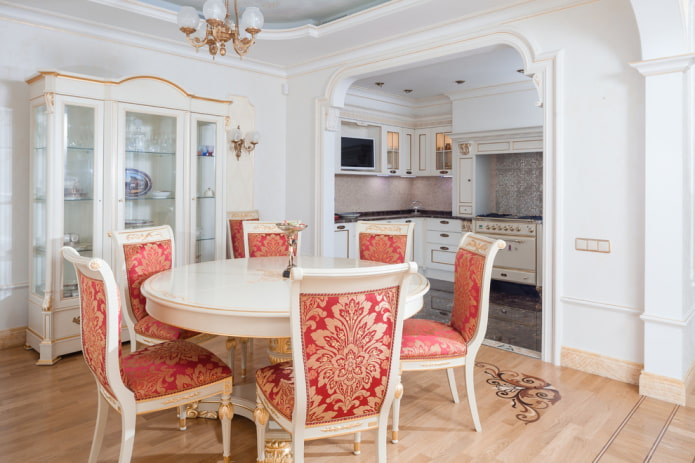
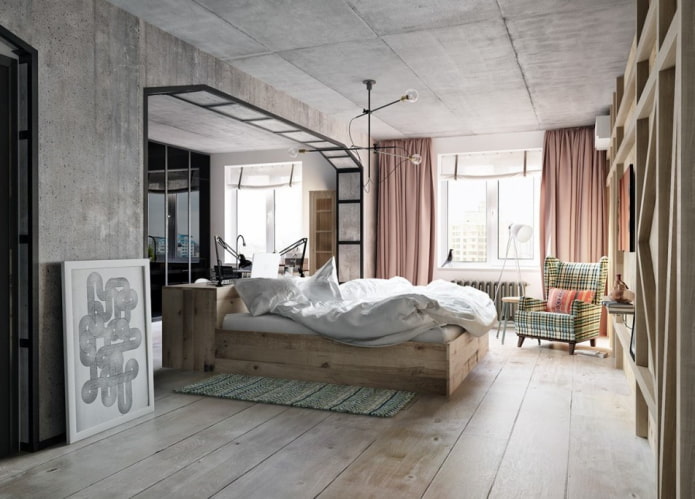
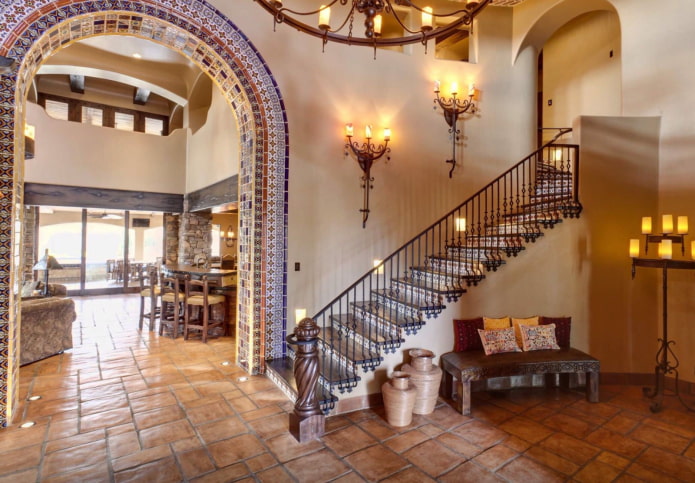

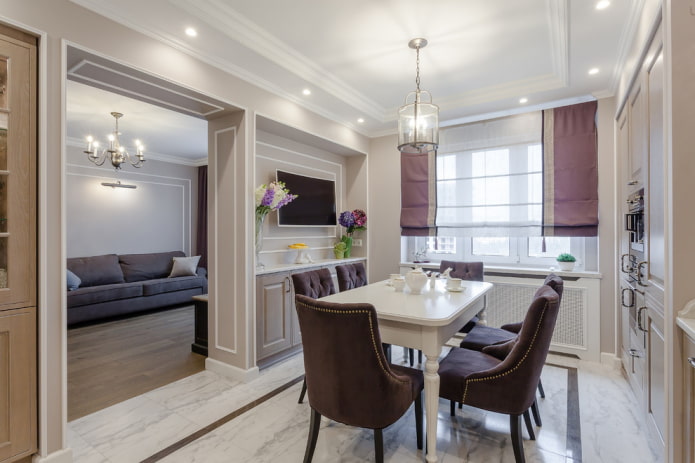

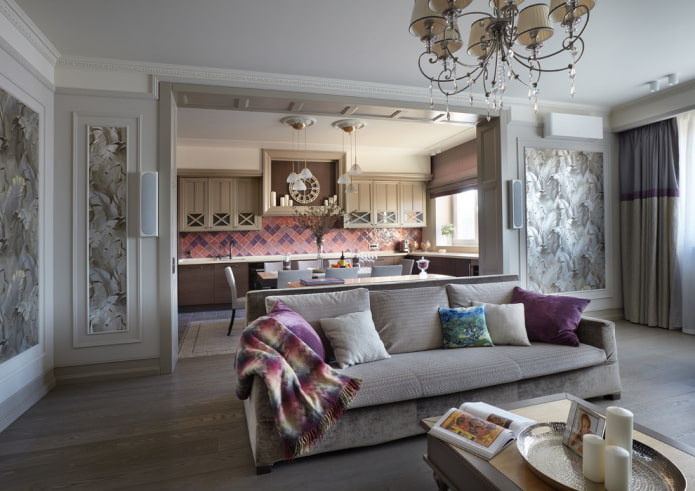
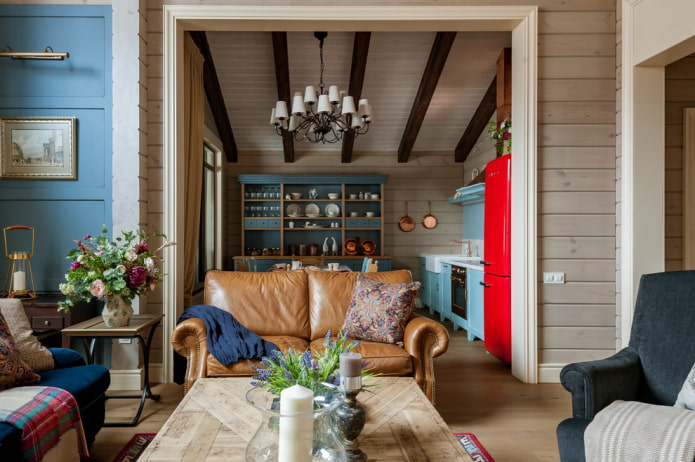
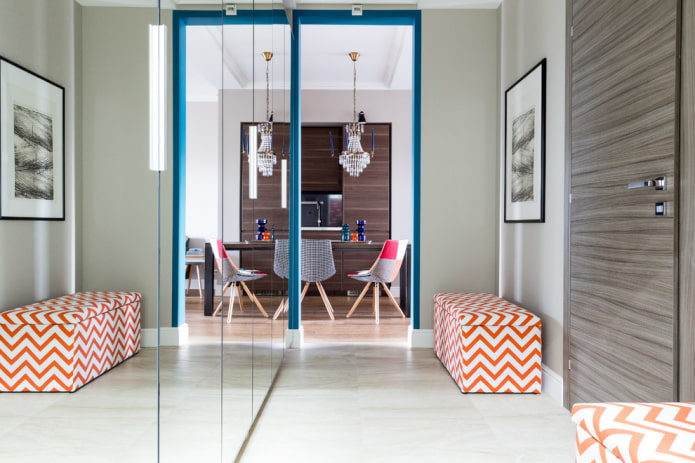

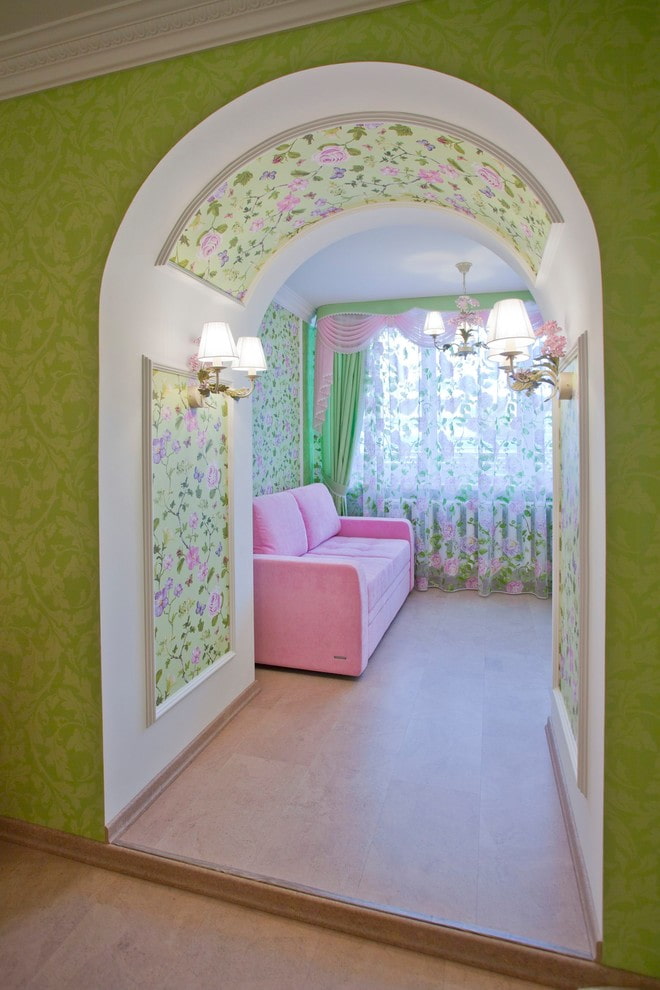
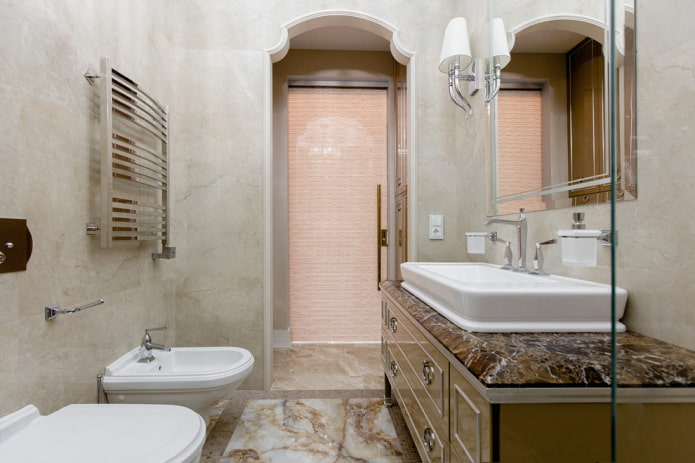
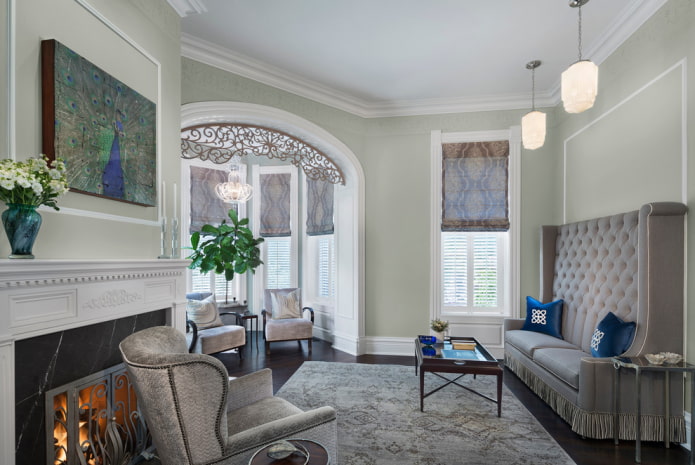
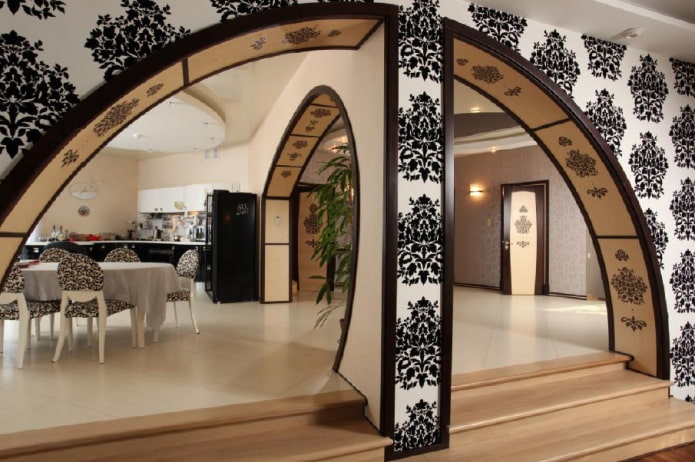
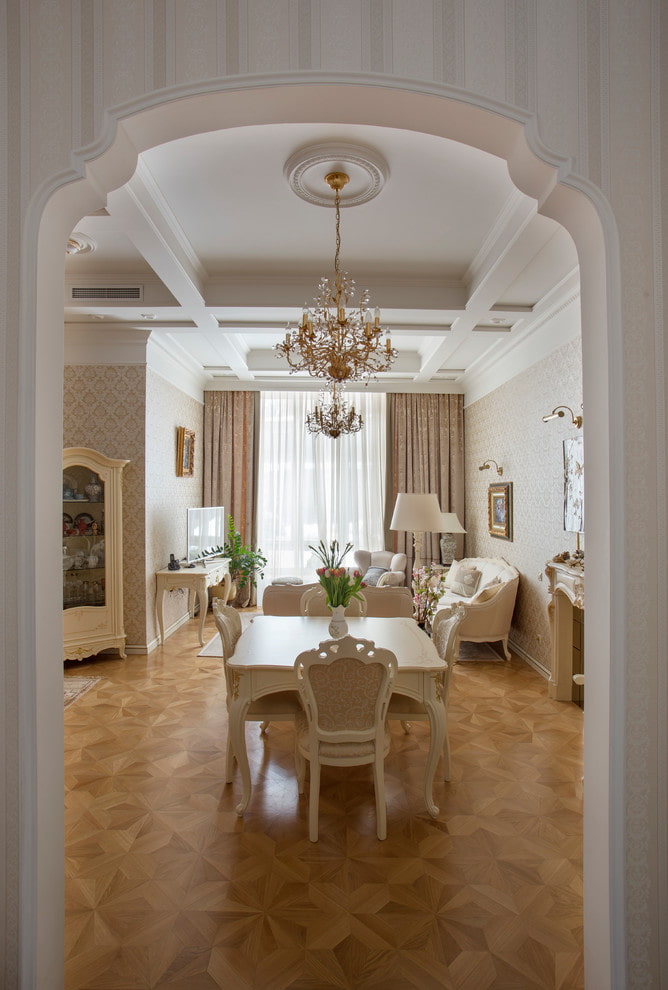
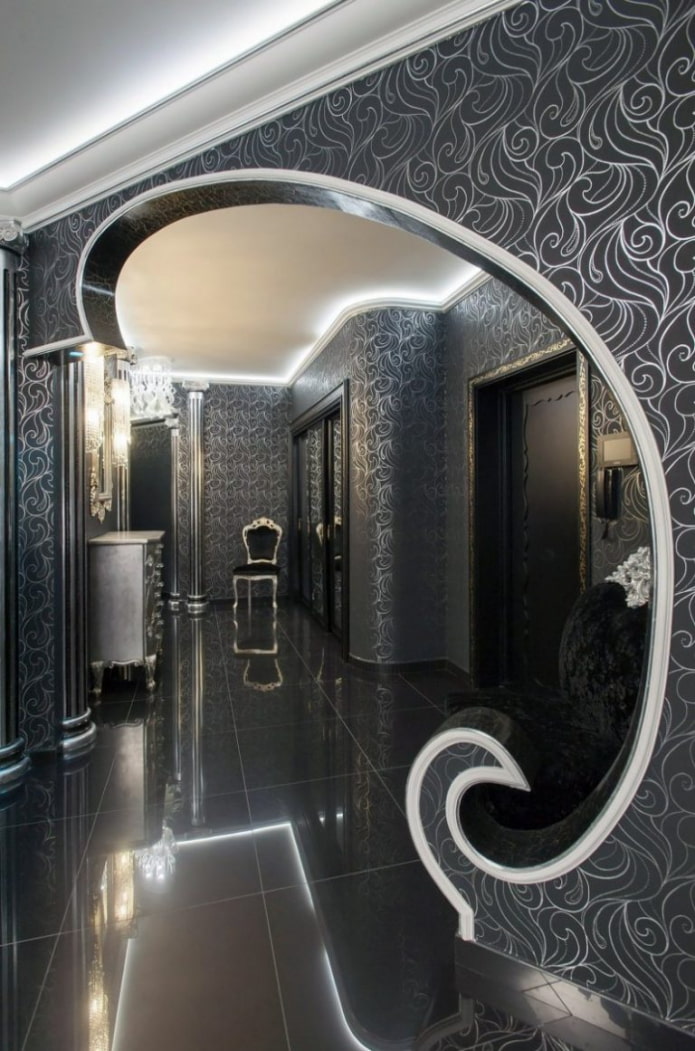
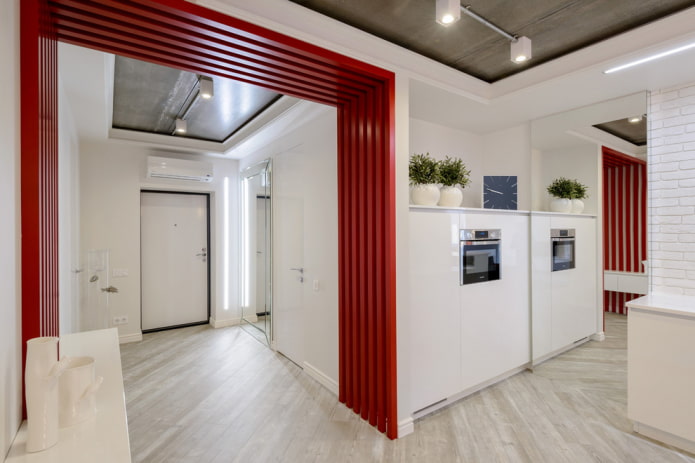
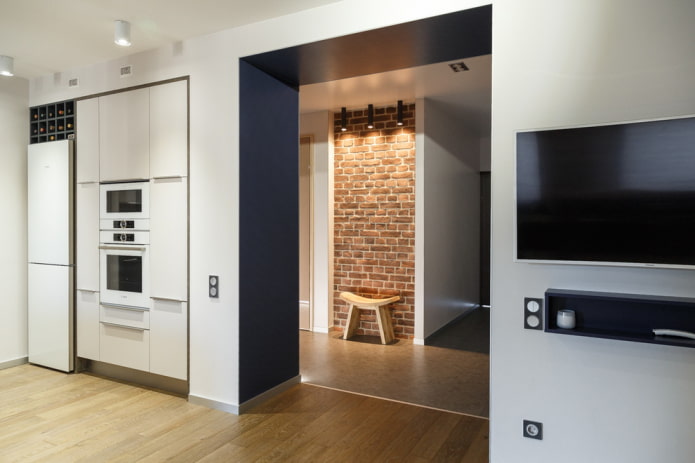
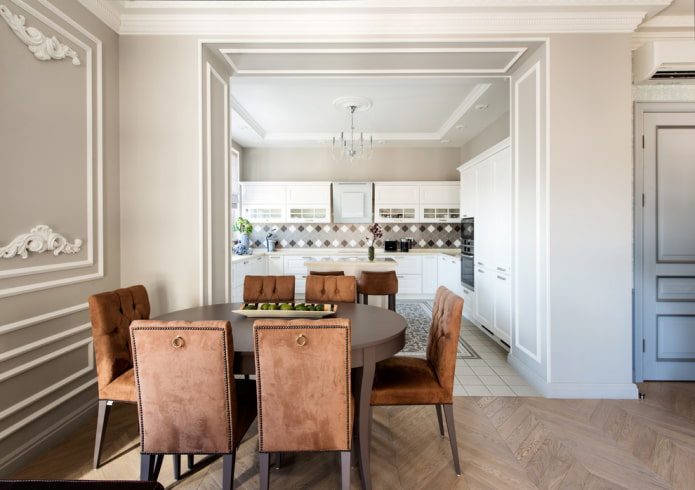

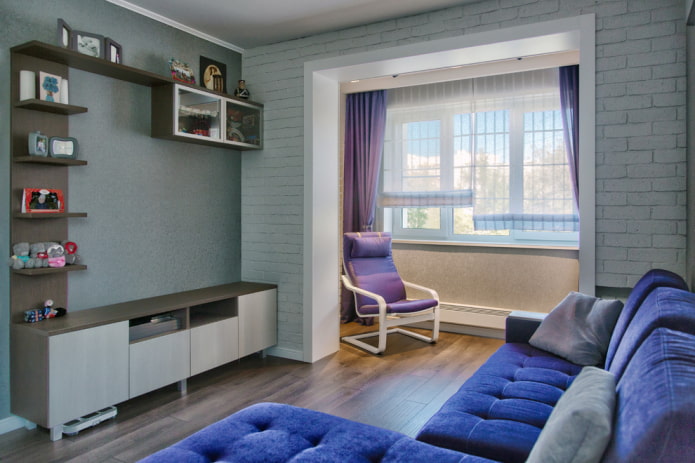

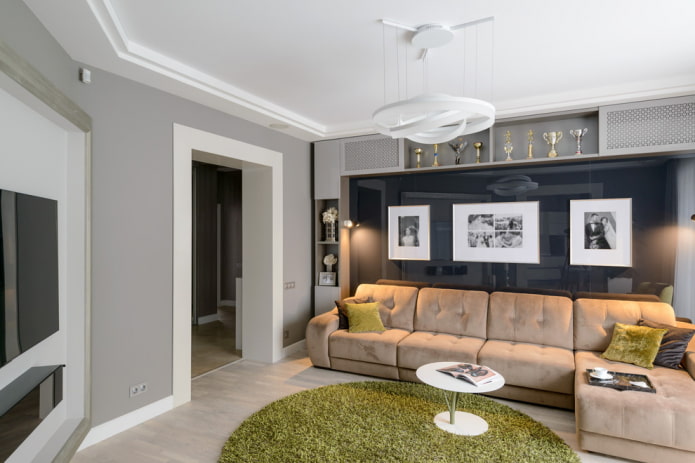
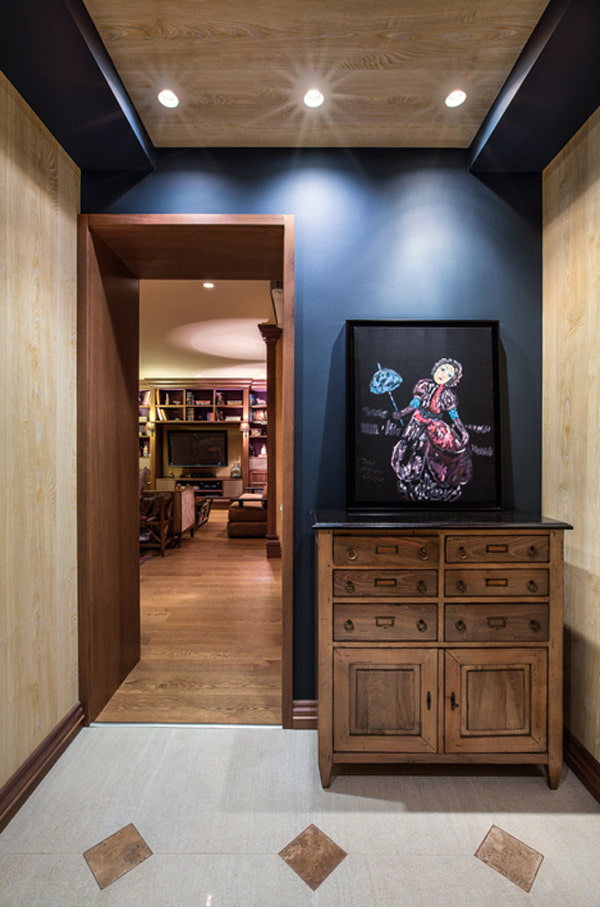
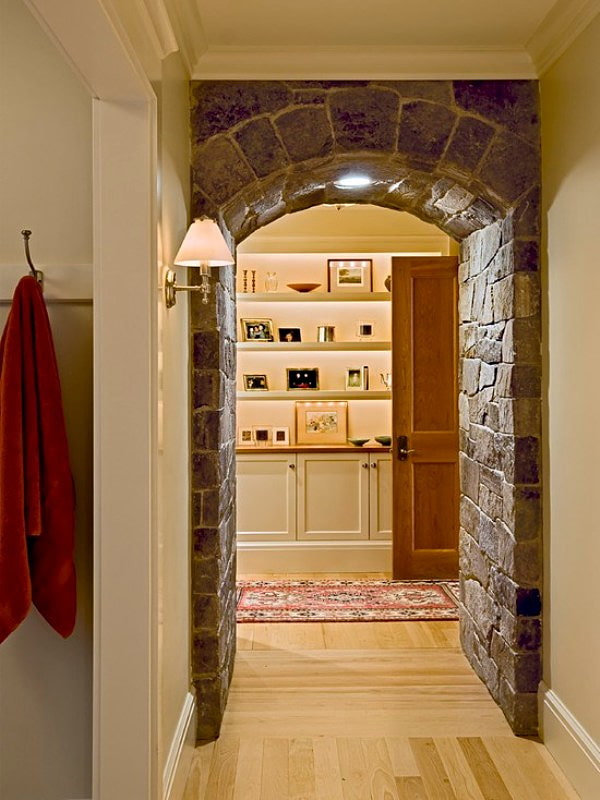
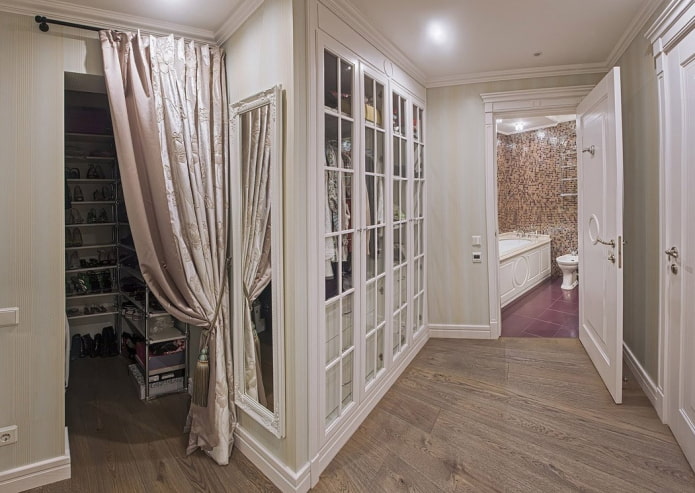
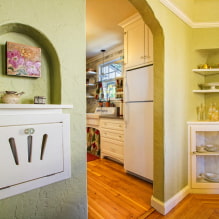

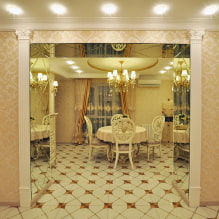
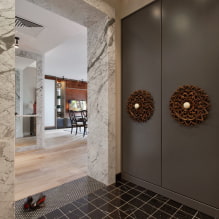
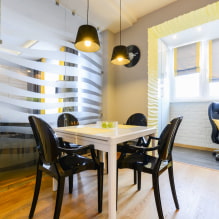
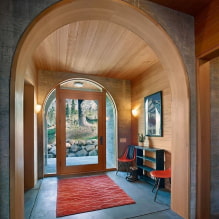
 13 bad habits a good housewife shouldn't have
13 bad habits a good housewife shouldn't have 24/7 home cleanliness - 4 secrets for the perfect housewife
24/7 home cleanliness - 4 secrets for the perfect housewife 6 hotels in Sochi that will give odds to the promoted foreign hotels
6 hotels in Sochi that will give odds to the promoted foreign hotels Top 10 interior design trends 2020
Top 10 interior design trends 2020 Rating of cheap TVs with Smart-TV
Rating of cheap TVs with Smart-TV New Year's LED garlands on AliExpress - we disassemble while it's hot, so that it's bright at home
New Year's LED garlands on AliExpress - we disassemble while it's hot, so that it's bright at home